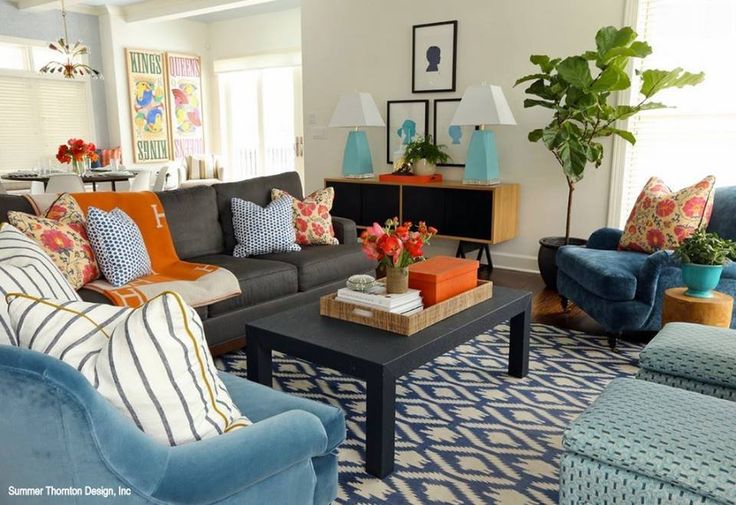Welcome to a world where simplicity meets sophistication, where clean lines and natural elements intertwine to create an oasis of calm. Today, we invite you on a journey through the captivating realm of Scandinavian interior design – a true testament to the power of minimalism with an unexpected twist. From its humble roots in Nordic countries, this design philosophy has taken the world by storm, enchanting homeowners and designers alike with its timeless elegance and effortless charm. So sit back, relax, and prepare to unravel the secrets behind this mesmerizing aesthetic that effortlessly blends functionality with beauty – welcome to the captivating world of Scandinavian interior design!
What is Scandinavian Interior Design?
The Scandinavian interior design style is characterized by its minimalist approach, with a twist. While the style may appear simple on the surface, there is often a lot of detail behind the scenes. This is evident in the use of natural materials, such as wood and stone, as well as an emphasis on simplicity and functionality.
One of the main elements that makes Scandinavian interior design so distinctive is its use of light. Often dark colors are avoided in favor of lighter tones, which add a sense of airiness and openness to spaces. Natural materials are also a key part of this style, lending a warm touch to rooms without being overpowering.
Scandinavian design is often praised for its ability to create comfortable and relaxing spaces. Many people see it as the perfect style for modern homes that want to feel spacious and open without being too loud or cluttered. If you’re looking for an updated look that will make your home feel more inviting and classic at the same time, Scandinavian interior design may be just what you’re looking for!
The Roots of Scandinavian Interior Design
Scandinavian interior design is characterized by its minimalist aesthetic, with an emphasis on natural materials and a focus on functionality. This style is often seen as more modern and chic than other designs, but it has its roots in traditional Scandinavian architecture.
The origins of Scandinavian interior design can be found in the architecture of the Nordic region. Traditional Nordic homes were designed to be efficient and easy to maintain, using simple materials like wood and stone. These homes were well-suited for cold climates, and they emphasized the natural elements of the landscape.
As Scandinavia industrialized in the 20th century, modern design began to influence home decorating. Artists and designers began to experiment with new ideas, including minimalism and a focus on natural materials. This style became popular in Scandinavia because it was able to combine traditional values with a modern aesthetic.
Today, Scandinavian interior design remains popular across the continent. Minimalist designs are often seen as more stylish and modern than traditional designs, while their focus on functionality makes them ideal for cold climates. Whether you’re looking for a sleek update or something more traditional, Scandinavian interior design has something for you!
The Style of Scandinavian Interior Design
Scandinavian interior design is all about simplicity. There are few decorative elements and no over-the-top flamboyant designs. Instead, the focus is on clean lines and muted colors that emphasize the natural elements of the environment.
The style is often attributed to Danish designer Jens Ostergaard, who popularized it in the 1980s. However, the minimalist aesthetic has roots in ancient Scandinavian design traditions dating back centuries.
One of the most striking features of Scandinavian interior design is how seamlessly it blends with nature. Natural materials such as wood and stone are used liberally, giving a warm and inviting atmosphere while minimizing environmental impact.
In addition to using natural materials, Scandinavian designers also favor neutral colors and textures that allow the rooms to “breathe.” Furniture is typically low-key with sleek lines that give it an air of sophistication. And instead of large pieces that take up space, furniture is often designed to be discreet and minimalistic, making the room feel more spacious.
Scandinavian interior design is characterized by its sophisticated simplicity and focus on natural elements. It’s a stylish approach that will add a touch of elegance to your home without being overbearing or clashing with your existing decor
How Scandinavian Interior Design Is Unique
Scandinavian interior design is unique for a few reasons. First, the focus is on simplicity and functionality, with an emphasis on natural materials and minimalistic design. Second, Scandinavian designers are known for their use of color and light in their designs. This often results in warmer, more inviting spaces that are perfect for spring and summertime. Scandinavian designers often integrate natural elements into their designs, such as wood or stone floors and walls. Combined, these factors make Scandinavian interior design a popular choice for those looking for a sleek and stylish space without overdoing it.
Final Thoughts
Scandinavian interior design is often associated with minimalism, but in reality, Scandinavians have a lot of fun with their designs. They tend to be quirky and fun, incorporating elements of nature into their spaces in creative ways.
Here are five tips for enhancing your Scandinavian living space with a touch of whimsy:
1. Use natural materials and textures. Wood floors, marble countertops, and natural fabrics like cotton curtains are all great options for Scandanavian interiors.
2. Add pops of color. A splash of bright pink or purple in a room can really make it stand out and add some life to the space.
3. Be creative! Think about ways you can incorporate nature into your decorating scheme- perhaps using plants or flowers as focal points?
4. Pay attention to detail. Every element in your Scandinavian home should be carefully selected to create a cohesive look and feel.
5. Create an atmosphere that’s comfortable and inviting for both you and your guests. Make sure everything from the lighting to the furniture is designed to create an environment that feels like home!
